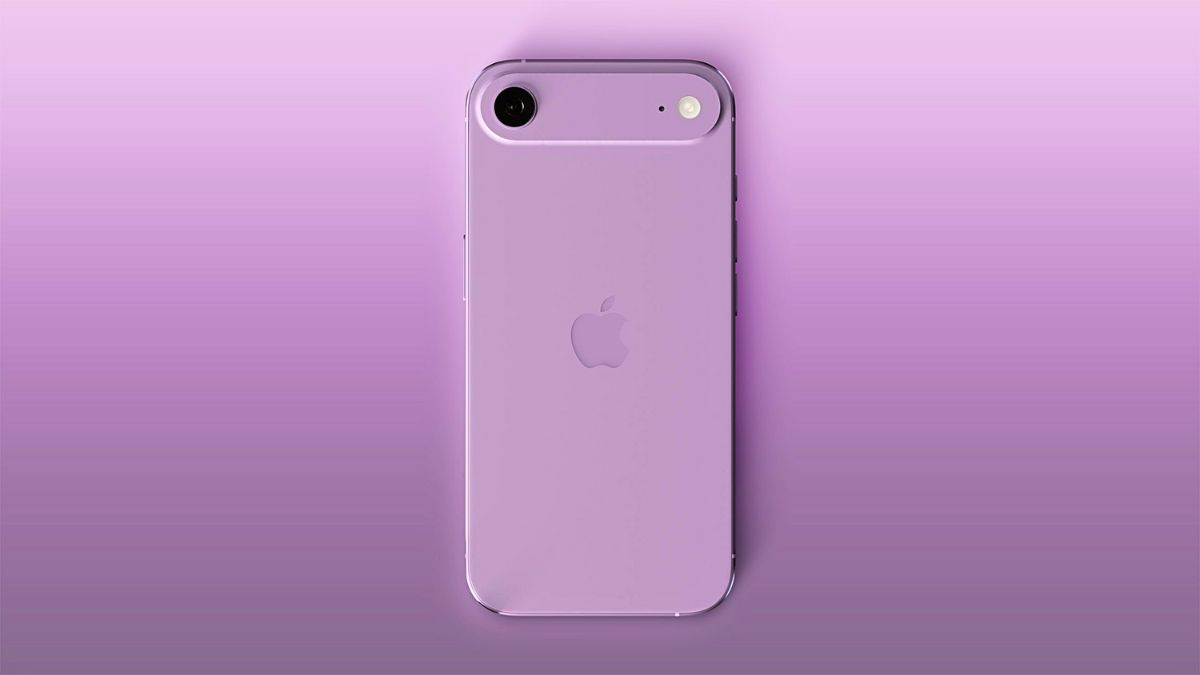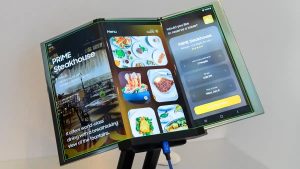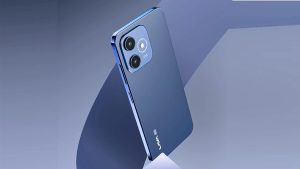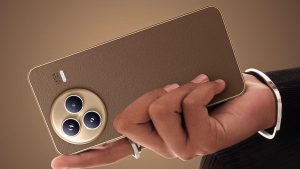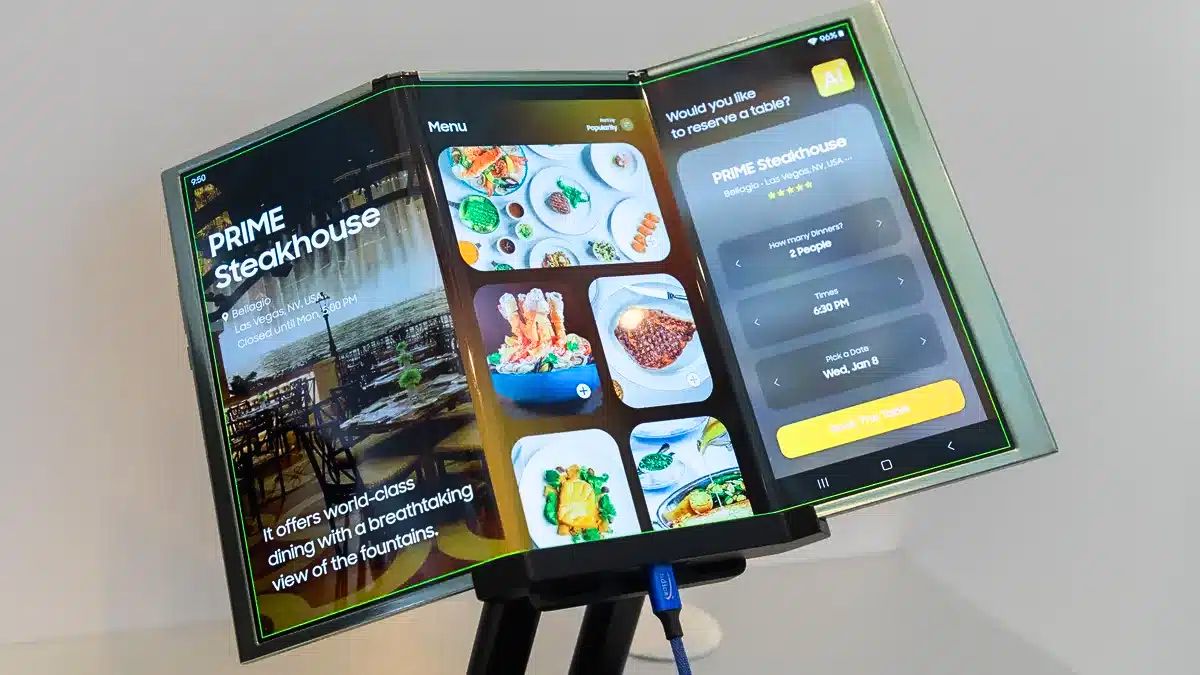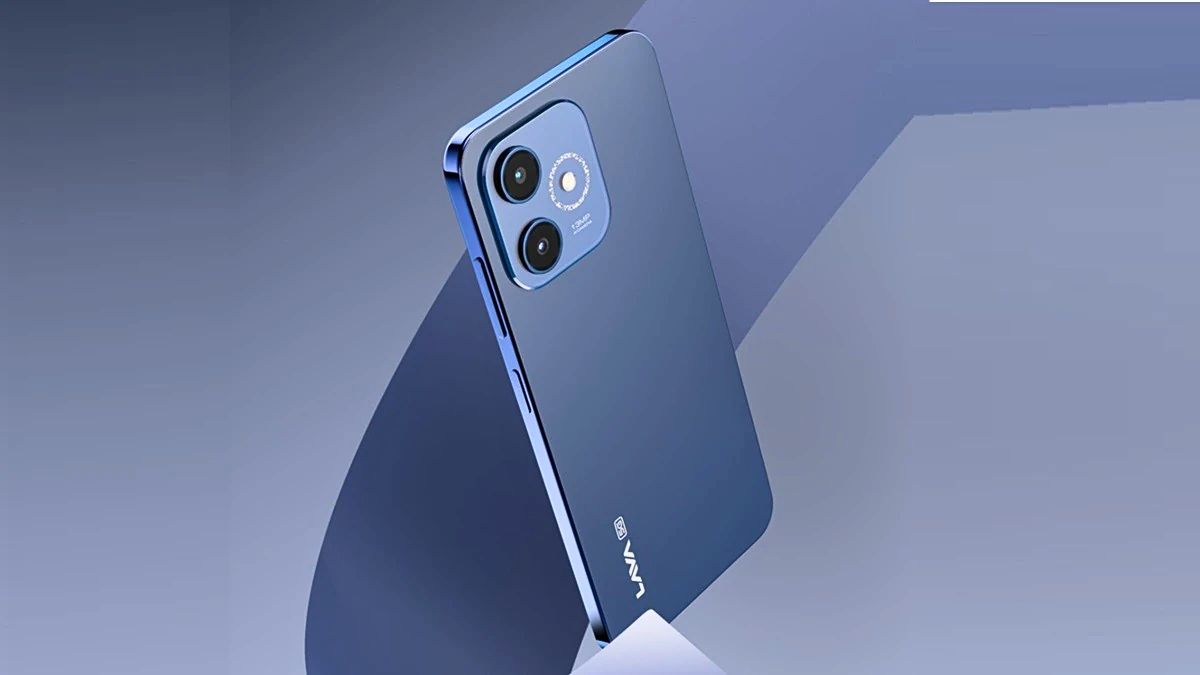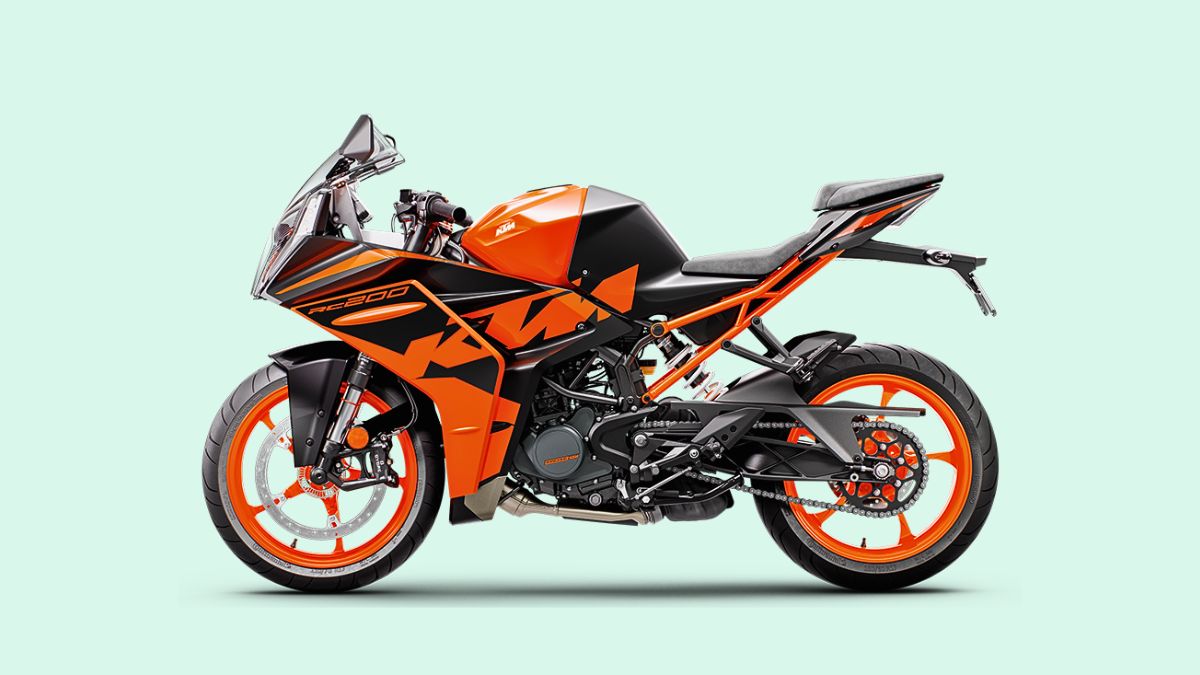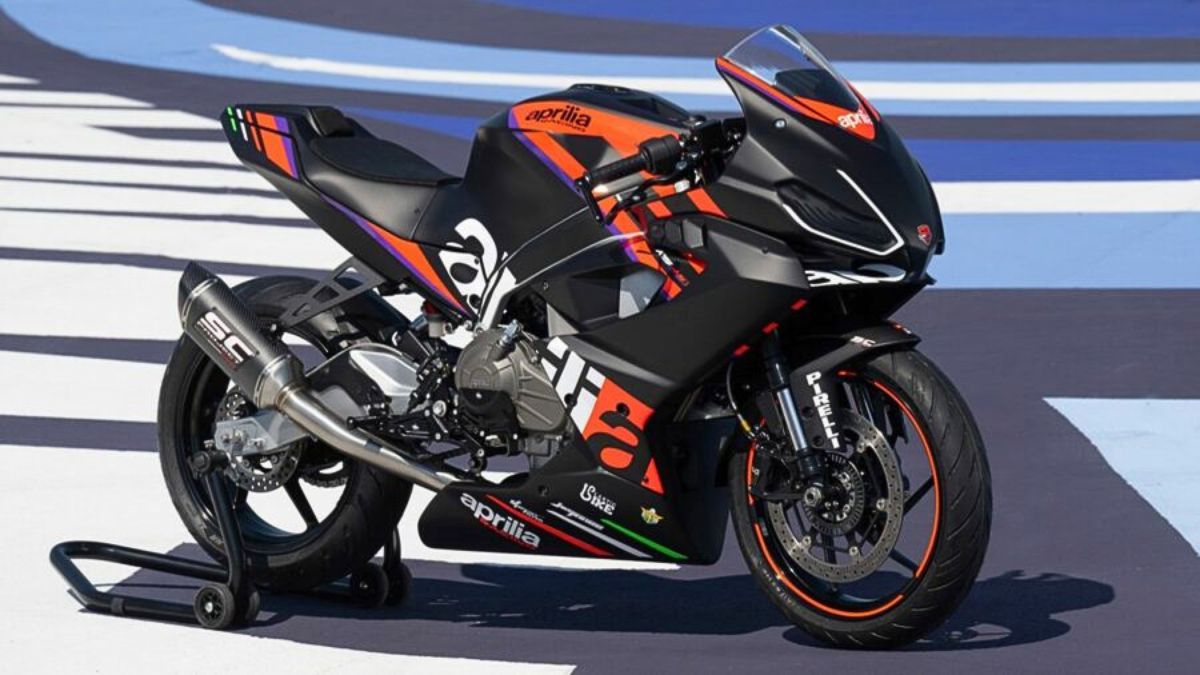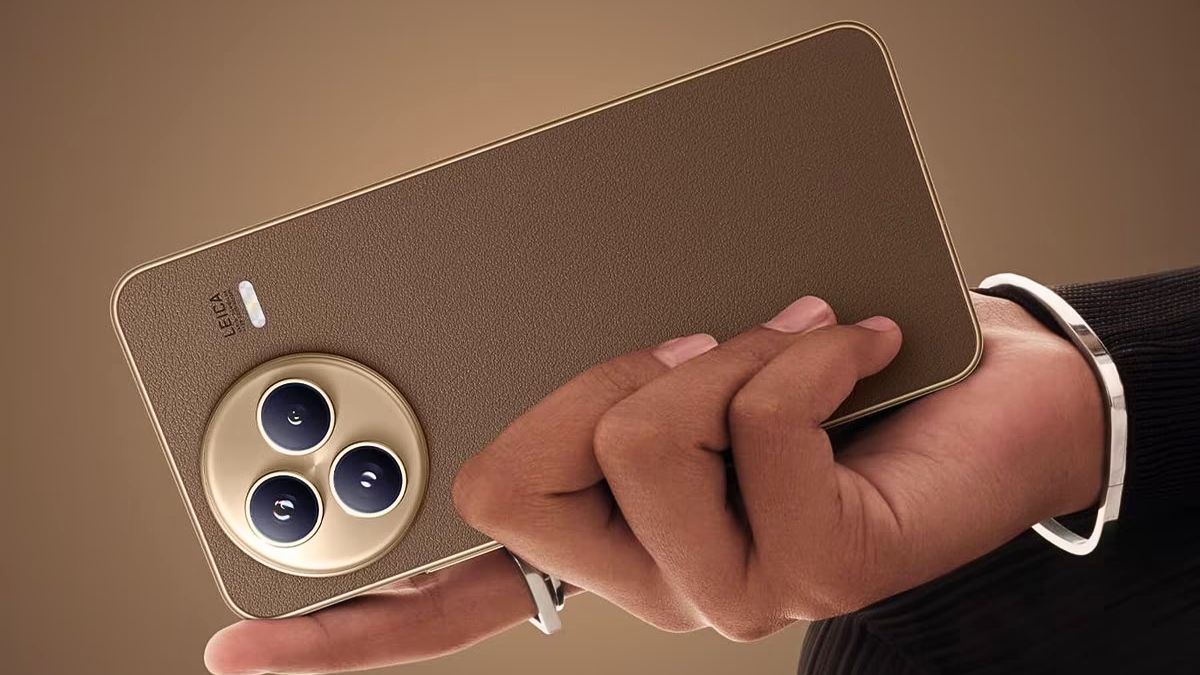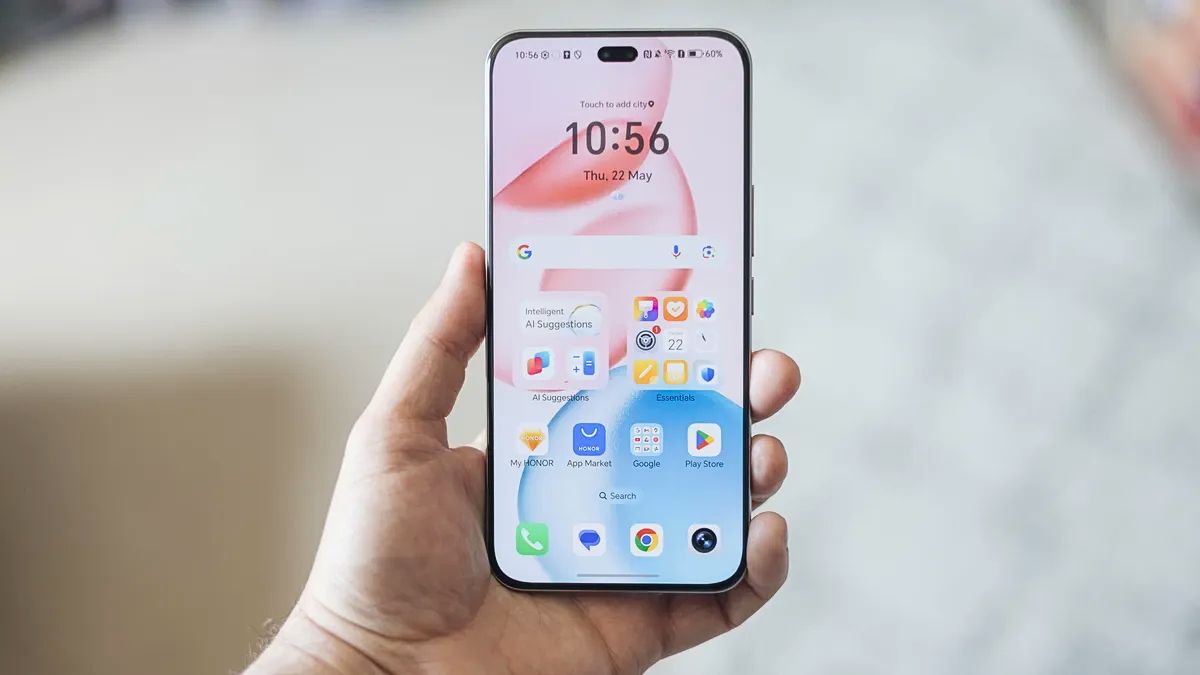Apple is once again poised to shake up its iPhone lineup — and this time, it’s going razor-thin. Say hello to the iPhone 17 Air (or maybe the iPhone 17 Slim, depending on which leak you believe). Set for a September 2025 reveal alongside the iPhone 17, 17 Pro, and 17 Pro Max, this sleek newcomer could become Apple’s thinnest phone to date.
Replacing the iPhone 16 Plus, the 17 Air focuses on ultra-slim styling, a refined build, and cutting-edge battery tech. But is all that slimness coming at a cost? Let’s break down what the early leaks suggest.
Design
According to tipster Yeux1122 via Naver, the iPhone 17 Air may measure just 5.5mm in thickness — making it slimmer than even Samsung’s 5.8mm Galaxy S25 Edge. If true, that’s headline-grabbing stuff.
It’s also expected to weigh just 145 grams, which is exceptionally light for a device rumored to feature a 6.6-inch OLED display. For those who hate bulky phones, this could be a dream — all about sleek, pocket-friendly design without ditching screen real estate.
Apple seems to be targeting users who want performance and elegance in a form that doesn’t feel like a brick in the hand.
Battery
Here’s where things get a little divisive. The iPhone 17 Air is expected to house a 2,800mAh battery — a noticeable drop compared to Apple’s current-gen offerings:
| Model | Battery Capacity |
|---|---|
| iPhone 16 Pro Max | 4,685mAh |
| iPhone 16 | 3,561mAh |
| iPhone 16e | 3,961mAh |
| Galaxy S25 Edge | 3,900mAh |
| iPhone 17 Air | 2,800mAh |
To make up for the smaller size, Apple is reportedly turning to high-density battery cells that promise 15–20% more usable capacity. There’s also talk of using silicon-anode tech, which could help store more energy in a smaller space.
Still, don’t expect marathon battery life — especially for power users. That said, Apple is rumored to be prepping a slim battery case accessory, likely aimed at heavy users who want endurance without bulk.
Display and Camera
The 17 Air could feature a 6.6-inch OLED panel with a 120Hz refresh rate — a sweet spot for gaming, scrolling, and general content consumption, all packed into that thin frame.
On the camera front, here’s what’s expected:
- Rear: A single 48MP sensor
- Front: A sharp 24MP shooter
While it won’t match the multi-lens setup of the Pro models, Apple’s proven time and again that it can get stellar results from fewer lenses, thanks to its image processing magic.
Processor and Software
The chip inside the iPhone 17 Air is still under wraps, but it’s expected to be either the A18 or the newer A19. Either way, performance should be on par with Apple’s usual flagship standards — fast, efficient, and reliable for years to come.
It’s also expected to launch with iOS 19, bringing all the latest from Apple’s ecosystem, including tighter integration, new AI features, and advanced privacy controls.
Pricing
The iPhone 17 Air isn’t gunning for affordability — it’s expected to start at $1,299 (roughly ₹1,09,500). That puts it squarely in the premium space, aimed at users who value innovation in form and design over sheer spec muscle.
Summary
| Feature | iPhone 17 Air (Expected) |
|---|---|
| Thickness | 5.5mm |
| Weight | 145 grams |
| Battery Capacity | 2,800mAh (High-Density Cell) |
| Display | 6.6-inch OLED, 120Hz |
| Rear Camera | 48MP |
| Front Camera | 24MP |
| Processor | A18 or A19 |
| Launch Date | September 2025 (expected) |
| Price | $1,299 / ₹1.09 lakh approx. |
If these leaks prove accurate, the iPhone 17 Air could redefine how we think about ultra-thin smartphones. It won’t be for everyone — especially those needing top-tier battery life — but for users who prioritize sleek aesthetics and cutting-edge engineering, it’s shaping up to be a seriously tempting option.
FAQs
When will the iPhone 17 Air launch?
It’s expected to launch in September 2025.
What is the thickness of iPhone 17 Air?
It may measure just 5.5mm thick.
How much will the iPhone 17 Air cost?
It’s expected to start at $1,299 (Rs. 1.09 lakh).
What battery does it have?
A 2,800mAh high-density cell is expected.
Which chip will power the iPhone 17 Air?
Likely the A18 or A19 chip.
